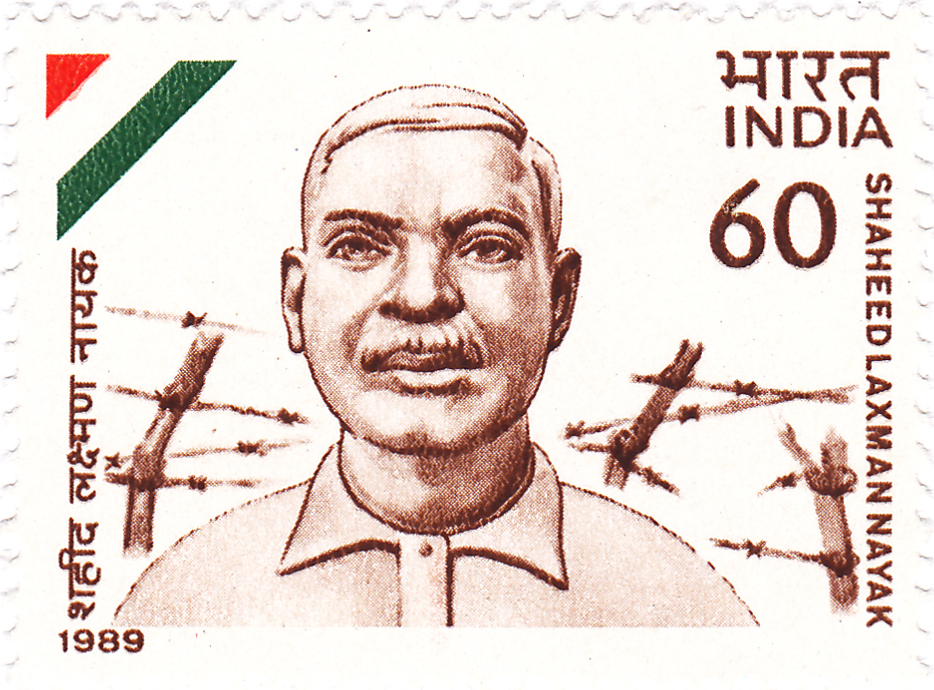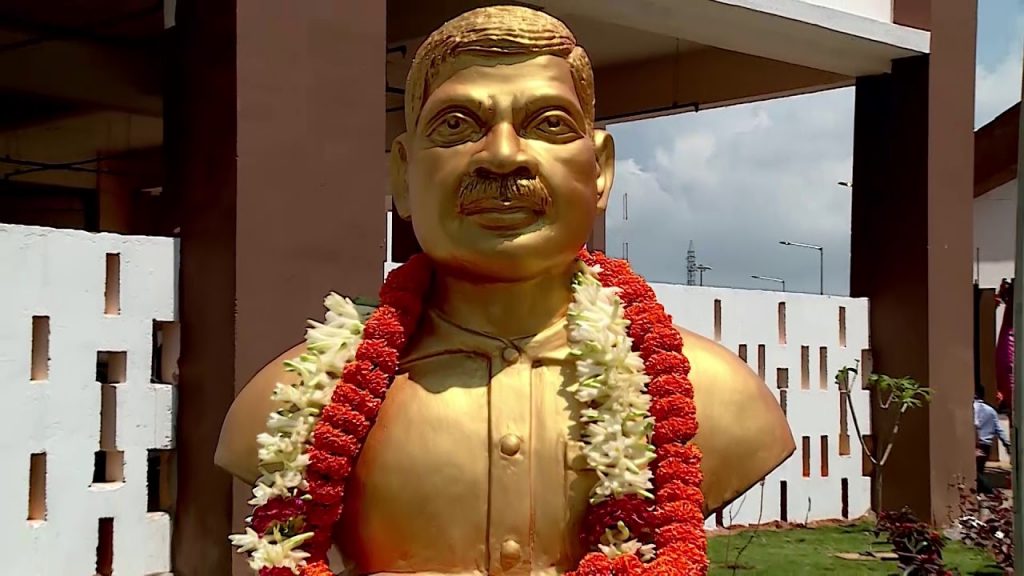The tribal society of Odisha has always stood ahead in the call of struggle for freedom . Laxman Naik Overcoming all the barriers, they have sacrificed their lives, their bloods for the soil of Odisha. History tells about the contribution of the tribes, their great efforts and glorious patriotism they have bestowed whenever and wherever it was necessary.
Raising their voices against the exploitation, fighting for the freedom of the country, Laxman Naik they have made it bold and confident. The incredible courage and braveness shown by the tribal heroes are really unforgettable. The price of oblation these heroic personalities offered for their mother earth are non-payable.

One of such legends , the brave, the valiant, Shaheed Laxman Naik, the Odia folk-hero of Laxman Naik Koraput, is a name uttered the most when it comes to the contribution of tribes of Odisha in the national movement. Even if he was born in an unreachable dense forest covered area, his plucky attribute and leadership skills made him immortal in the history of Odisha.
The life story of Laxman is not only mysterious but also exciting. His fearless fight against the Britishers brightens the history of Odisha even more.
You can read our another post on The Leaning Temple of Huma: A Unique Architectural Wonder
The Childhood
Laxman Naik, initially named as Laxman Bhuyan as he belonged to the Bhuyan tribes Laxman Naik (colloquially known as Bhumia tribe) , was born on 22 November 1899, in Tentuligumma, a place in present day’s Malkanagiri District.
It was then a part of Madras Presidency under the British. His father Padlam Naik was the Mustadar (and tribal chief of the villages of Tentuliguma and others. As like other tribe kids, Laxman used to roam and play, hun in the forests in his childhood. Exposed to a little education as most of the tribal children, Laxman couldn’t study further.
The Young Age
During The Non-cooperation movement of 1942 Laxman Naik was a 22 year old with a lot of energy. Gandhi’s call for the movement had already Inspired the youths. Fascinated by the momentum, Laxman entered into the freedom movement.
The young age and warm blood ignited Laxman’s conscience to fight against the Laxman Naik exploitations of the intruders towards the tribal people. In that period, Laxman came in touch with a few rebellious leaders such as Sitaram Raju and Chandra Kutia . The first revolt of Laxman with the above mentioned leaders was against the local tahsildar who was torturing the poor farmers of his village.
The Revolt
It was 1936 when Sir John Hubback, the then governor of Odisha came on a visit to Koraput. The King of Jeypore was planning to please the Governor with his arrangements. Hence for the purpose, not only rice, hens and cows were snatched from the villagers but also labourers were forcefully picked up to the Jungle for hunting the tigers. For trapping the tigers, the cattle were chosen as the bait for tigers.
Laxman was deeply hurt by this policy of the King of Jeypore. Against this plundering, Laxman wrote a letter to a newspaper following the advice of Radhakrishna Vishwasroy, a companion of Laxman. The news got highlighted and everyone responded against the plundering nature of the government. Atlast, the Governor realised his mistakes and the villages were compensated for their losses.
The Progress
This acted as a stepping stone and for justice the villagers got through Laxman Naik made him one of the popular tribal leaders of the village. People came with their problems to Laxman and he took the pledge to help them without hesitation.
It was 1942 and the Quit India Movement started. Call of Gandhi for ‘do or die’ revoked the people of India to unite and do whatever was necessary for the country. The district of Koraput also gathered to join and Aug 21 was fixed as a day for the district wide movement for the same. Laxman became the leader of his district.
The plan was to arrange a meeting at The Maithili hat market place of Koraput with the intention of putting a tricolour flag on the roof of the police station there . As it was a hat or a Marketplace there was a huge crowd . With a flag march the crowd moved towards the police station. The police declared it illegal and also threatened the public to step back.
When the public refused , the policeman dragged Laxman, the leader and beat him mercilessly. The crowd did not break but reverted back by trying to enter the police station. The police fired and the protesters were killed. Laxman was jailed and tortured. The police went on to a third degree on him. It was when Laxman lost his sense, the police thought him to be dead and threw him into the drain.

The Hanging
Somehow, Laxman was able to survive and escaped to Jeypore for some time. On 28 August he returned to the village and again started planning on his revolution. But unfortunately, he was caught by the police in the hands of a local liquor vendor. Laxman was so popular that the police thought to end his life.
They all planned and accused him in a murder case in which he was never involved. Ramanathan, a sly magistrate passed his death sentence. Death row cell
The court rejected his mercy petition. Without even informing about his sentence, the jailor executed him. Laxman was cold bloodedly murdered in the Berhampur Jail. A hero slept forever. But what he rose while going into sleep provoked inspiration into many. The jail premise that day was hailing, Inquilab Zindabad.
The Inspiring Leader
Not a long life makes you great, but good deeds, Laxman is the immortal proof of that fact. His life full of action, heroism, nobility and bravery still keeps motivating the youths. A real young model for the nation, the mother soil of Odisha keeps missing her son. What Laxman did for his land will keep him alive forever in history.
